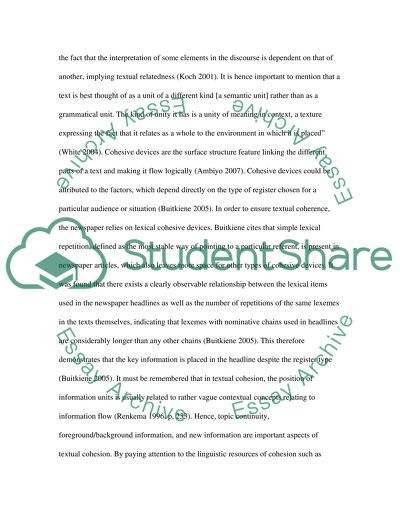Cite this document
(“Textual Cohesion Book Report/Review Example | Topics and Well Written Essays - 3000 words”, n.d.)
Retrieved de https://studentshare.org/science/1500051-textual-cohesion
Retrieved de https://studentshare.org/science/1500051-textual-cohesion
(Textual Cohesion Book Report/Review Example | Topics and Well Written Essays - 3000 Words)
https://studentshare.org/science/1500051-textual-cohesion.
https://studentshare.org/science/1500051-textual-cohesion.
“Textual Cohesion Book Report/Review Example | Topics and Well Written Essays - 3000 Words”, n.d. https://studentshare.org/science/1500051-textual-cohesion.


